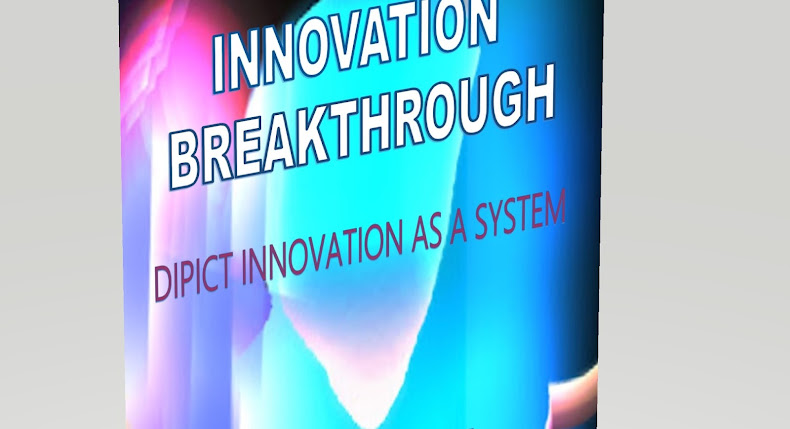Business capabilities enable strategic communication and execution; it's part of art and part of science.
A good definition for a capability is the ability of the business to consistently deliver an expected result to the marketplace. A "business capability" describes what is a business entity in the organization, what is their purpose and output to the enterprise. That output is generated by applying their internal business processes, and the set of business capabilities can also be combined at the macro level to construct the wide business competency
Defining your enterprise business capability is part art and part science: Working with your business and leveraging business models is the most effective way. A capability is comprised of people, process, technology, resource, and assets. This is a holistic and strategic definition and balances the various components of the capability. The business capability is the art because it is the abstract understanding of a system; capability is the science because it includes many hard-core business elements. Business processes are enabled by technology and people within the framework of a capability. Capabilities can be an enormous help in understanding and prioritizing the changing business/IT are attempting to create. The business capability is, therefore, at a higher level than a business process and is in the conceptual layer. It represents a conceptual service that a group of processes and people, supported by the relevant application, information and underlying technology, will perform.
A business capability which underpinned by business processes is the ability to do something well in a consistent way: A capability management is to manage 'capacity +ability.' Business processes are then a succession of activities that define and support business capabilities.The sequence within which functional activities and decision points are conducted. Having demonstrated the ability to perform those activities, it now has that capability to do them again. In this case, an ability the corporation or company has to do a specific set of functional activities. For example, if you take "customer acquisition" as a business capability, it evolves many business processes, like "lead-to-customer", that support the "capability." At the same time, this ‘customer acquisition’ capability might also make part of wider business processes at the organization. A business capability is underpinned by business processes. The process brings clarity around the rhyme and reason for activities being performed in a predetermined order, illustrating dependencies, and the effect if certain activities are not done. The processes also show how capabilities are related.
 Business capability concept enables strategic level communication: The problem is that many business people are practical, pragmatic, process-driven or results-focused, and they have difficulty in understanding abstract discussions or strategic perspective. The idea of business capabilities to business is a valuable way to talk at a higher, conceptual or more abstract level about what the business can or wants to be able to do, and it enforces strategic level communication. The capability represents the WHAT, whereas the process and people represent the how. Also, organizations can look at both process and capability maps and decided that capabilities are much more accessible and thus aid the conversations between IT and its stakeholders. So the capability oriented business conversation provides a clarification that brings visibility, enablement, compliance, reduces errors and avoids cost, all important elements to the survival of an enterprise.
Business capability concept enables strategic level communication: The problem is that many business people are practical, pragmatic, process-driven or results-focused, and they have difficulty in understanding abstract discussions or strategic perspective. The idea of business capabilities to business is a valuable way to talk at a higher, conceptual or more abstract level about what the business can or wants to be able to do, and it enforces strategic level communication. The capability represents the WHAT, whereas the process and people represent the how. Also, organizations can look at both process and capability maps and decided that capabilities are much more accessible and thus aid the conversations between IT and its stakeholders. So the capability oriented business conversation provides a clarification that brings visibility, enablement, compliance, reduces errors and avoids cost, all important elements to the survival of an enterprise.
Digital enterprise capability is dynamic. The business capability coherence is the decisive factor for the success of strategy implementation. The right set of unique Dynamic digital Capabilities directly decides the overall organization’s competency and growth potential.











































0 comments:
Post a Comment